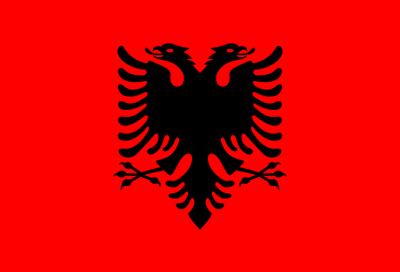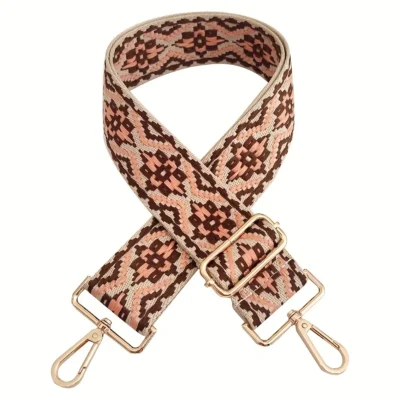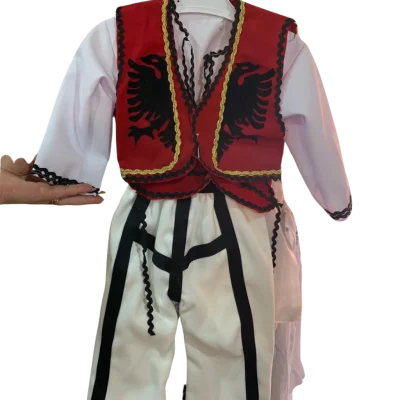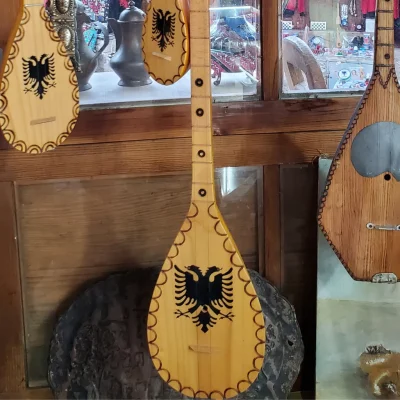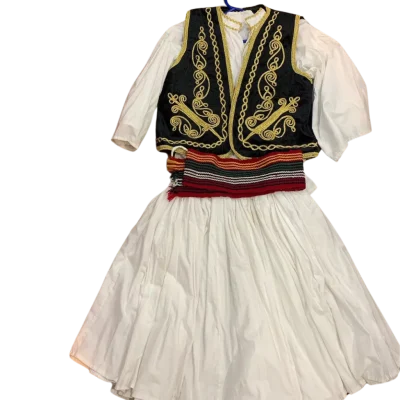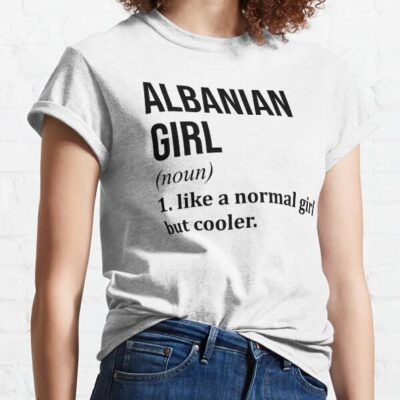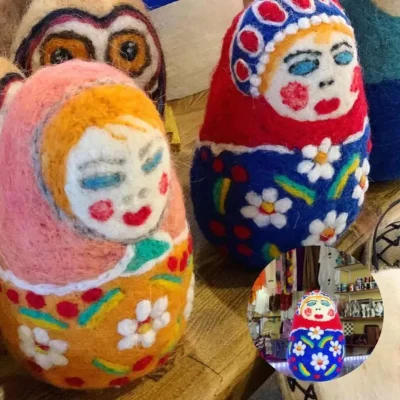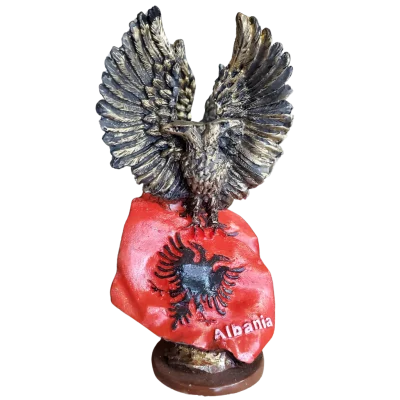The Albanian eagle itself is not inherently offensive. The double-headed eagle is a national symbol of Albania, featured prominently on the country’s flag, and it represents Albania’s sovereignty, independence, and historical roots. The Albanian eagle is a source of national pride for Albanians and is associated with their cultural and historical identity.
However, the Albanian eagle may be seen as offensive or controversial in certain contexts, particularly in regions where there are historical tensions between Albanians and other ethnic groups. Here are some reasons why it might be perceived as offensive in specific contexts:
- Historical Conflicts and Nationalism:
- The double-headed eagle is closely associated with Albanian nationalism. In regions where there has been conflict involving Albanian populations, such as in the Balkans, displaying the Albanian eagle might be interpreted as a symbol of ethnic or national dominance. In countries like Serbia, Greece, and North Macedonia, where there have been tensions between ethnic Albanians and the majority populations, the symbol can sometimes evoke negative reactions, especially in politically sensitive areas.
- Ethnic Albanian Nationalism:
- For some, the Albanian eagle is linked to aspirations for a “Greater Albania,” a nationalist idea that envisions the unification of all Albanian-majority territories across the Balkans, including parts of Kosovo, North Macedonia, Montenegro, and Greece. In this context, the Albanian eagle may be seen as a political symbol advocating territorial expansion, which can be perceived as threatening or offensive by neighboring countries.
- Sporting Events and National Symbols:
- The Albanian eagle gesture, where individuals cross their hands to mimic the shape of the double-headed eagle, has caused controversy, especially in international sports. For example, during the 2018 FIFA World Cup, two players of Albanian descent on the Swiss national team made the eagle gesture after scoring goals against Serbia. This sparked significant controversy, as many Serbians found the gesture offensive, interpreting it as a provocation related to the Kosovo conflict and broader Balkan tensions.
In summary, while the Albanian eagle is a symbol of national pride for Albanians, it can be perceived as offensive in certain political and historical contexts, particularly in regions with a history of ethnic and territorial disputes. The offense often stems from the symbol’s association with nationalism, territorial ambitions, and historical conflicts in the Balkans.






